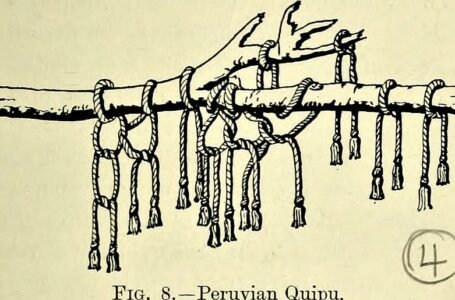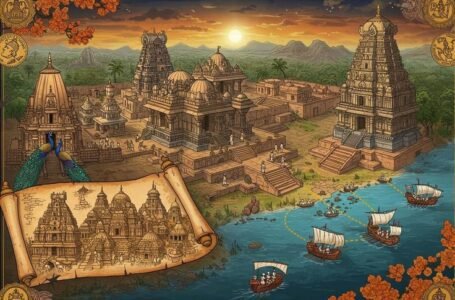Exploring Tribal Tattoo Traditions of Northeast India: Unveiling Naga, Konyak, and Bodo Tribe Symbolism
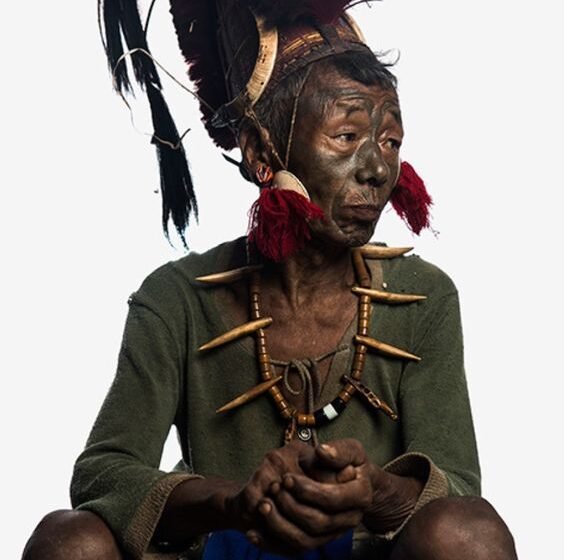
Northeast India is covered in a lush and varied tapestry, and the distinctive tribal groups who live there have a rich cultural legacy. The Naga, Konyak, and Bodo tribes stand out among these indigenous peoples for both their peculiar ways of life and their fascinating and elaborate tattoo customs. These tribal tattoos are far more than merely ornamental body art; they have profound cultural importance, capturing the history, beliefs, and identity of the people who wear them. India’s northeastern area is home to a wide variety of cultures and traditions, each with its distinctive tapestry of rituals and practices. Among them, the traditional practice of tribal tattooing stands out as a vibrant and stunning form of expression, incorporating the histories of indigenous peoples into elaborate designs permanently inked on their flesh. This essay explores the peculiar tattoo practices of the Naga, Konyak, and Bodo tribes, revealing the rich meaning that underlies these enduring works of art.
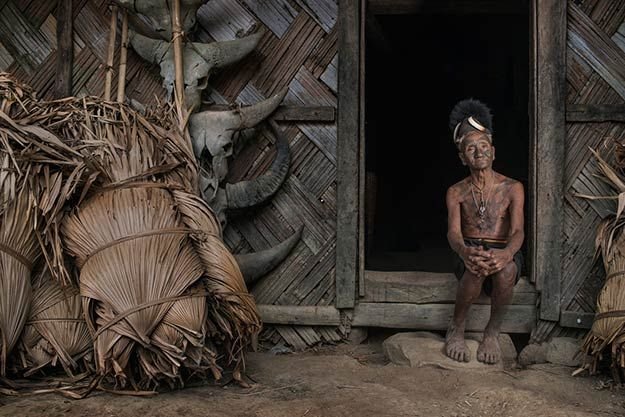
Tapestries of Spiritual Connection: The Naga Tribe
The Naga tribe, which is found in the mountainous regions of Nagaland, Manipur, and portions of Myanmar, is well known for its extraordinary tattoo customs. Tattoos are significant social status indicators, rites of passage, and gateways to the spiritual world for the Naga people. Each pattern on their bodies was thoughtfully picked and tells a tale about their life’s journey. Nagas frequently have diverse depictions of their environment, such as animals, plants, and legendary creatures, inked on their hands, arms, faces, and other body parts. These symbols are viewed as charms that protect people from danger and evil spirits. For example, Ao Naga women’s face tattoos are distinguished by a linear pattern imitating the hornbill’s beak, reflecting the bird’s majesty and uniting the bearer with the spirit of the hornbill. Additionally, among the Naga, face tattoos are linked to life phases and accomplishments. During puberty, young girls frequently get their first tattoos, symbolizing the beginning of their womanhood. More tattoos are added when they achieve certain goals, resulting in a tapestry of symbols that stand as a tribute to their tenacity and resiliency.
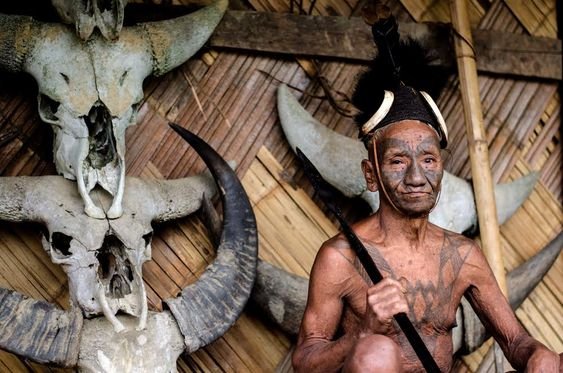
Konyak Tribe: Headhunter Legacy
A tattoo culture that is profoundly founded in its historical background as headhunters and found in Nagaland’s Mon area. The Konyak people’s tattoos are a representation of their warrior identity as well as their place in the tribe. The face tattoos that males wear are the most distinguishing aspect of Konyak tattoos. These face tattoos, referred to as “Lanle,” are obtained by bravery and success in battle. A Konyak man’s tattoo count on his face is a representation of how many foes he has defeated in combat. Every tattoo emphasizes the warrior’s bravery and achievements by depicting the head of a specific opponent. Konyak women have exquisite body tattoos that denote femininity, attractiveness, and cultural history in addition to face tattoos. These tattoos frequently feature designs influenced by geometric forms, animals, and the natural world. Konyak women use these symbols to communicate their ties to the environment and their place in the community.
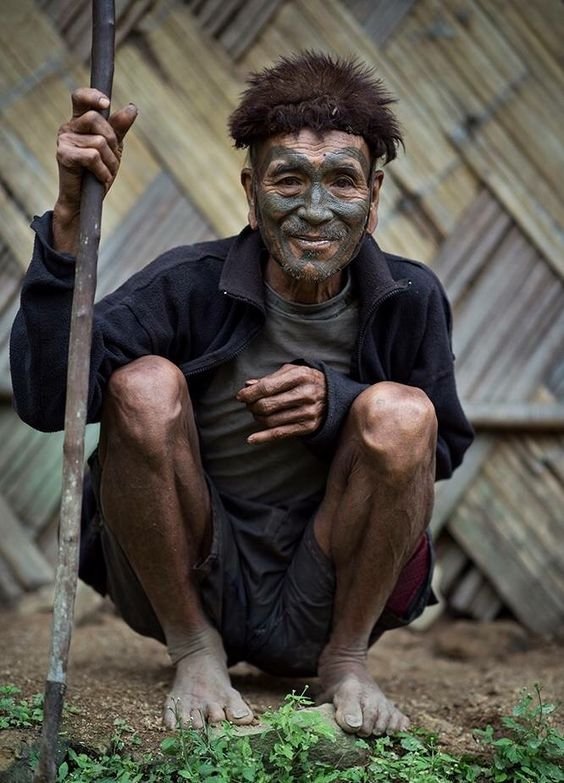
Bodo Tribe: Linking the Ordinary and the Extraordinary
The Bodo tribe, which is found in Assam, West Bengal, and Nepal, has a tattoo culture that combines the material world with the supernatural. The majority of women who get body tattoos use them to express their ethnic identity, spiritual values, and lifestyles visually. The elaborate and symmetrical designs of Bodo tattoos are among its most striking features. These designs frequently cover significant areas of the body, including the arms, legs, and neck. During adolescence, Bodo women get tattoos to symbolize the beginning of maturity and their preparedness for marriage. The act of getting a tattoo is considered a ceremonial act that links the wearer to her ancestors and invokes blessings for a successful future. Bodo tattoos have several extremely meaningful motifs. They feature representations of legendary animals, traditional jewelry, and flora and wildlife. These components represent the tribe’s strong ties to nature and its spiritual beliefs. The fabled half-human, half-bird creature known as the “Khara,” for instance, is a symbol of protection, fertility, and the interaction of the terrestrial and celestial realms.
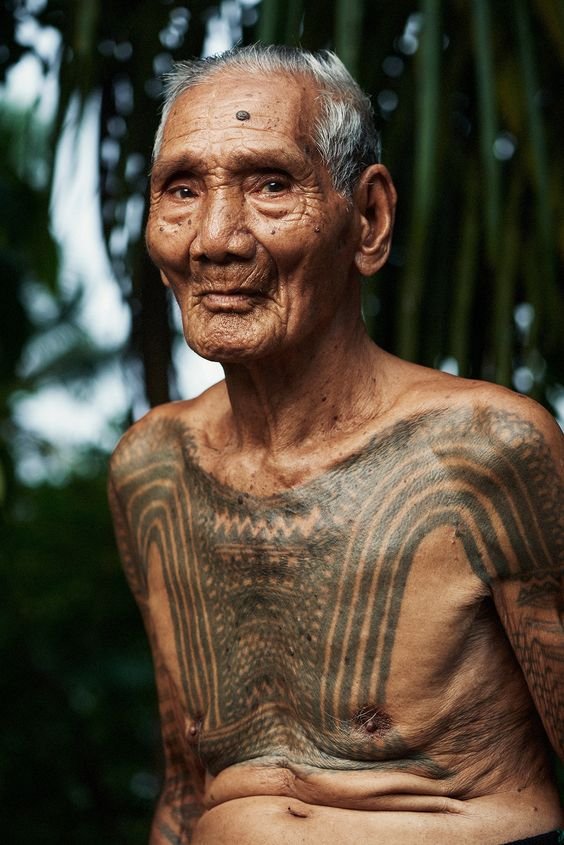
Beyond Symbolism:
The tribal tattoos of the Naga, Konyak, and Bodo tribes are more than just cosmetic decorations; they contain rich symbolism that tells tales of bravery, individuality, spirituality, and cultural continuity. More than just ink on skin, these tattoos serve as live reminders of the intricate history and deeply held beliefs of these indigenous cultures. These tattoo customs also highlight how cultural behaviors are ever-evolving. The environments in which these traditions are practiced have changed, but their core principles have not changed. For these tribes, urbanization, globalization, and the shifting dynamics of contemporary civilization have brought both new possibilities and problems. The preservation of these tattoo traditions becomes an important concern when newer generations leave their traditional areas for study and employment.
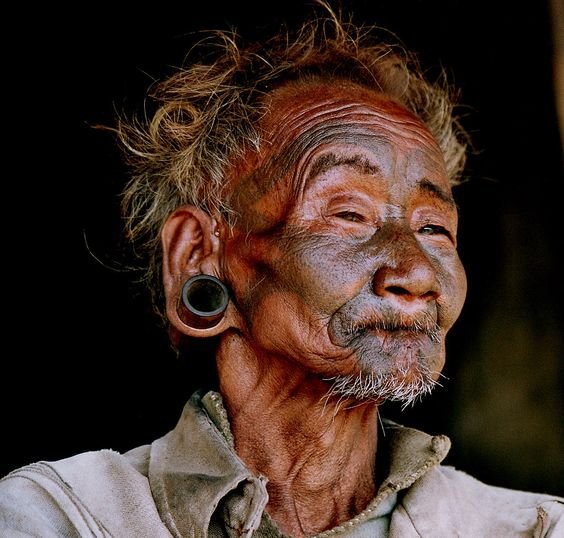
Conclusion:
Native groups in Northeast India’s tribal cultures have tattoos that are live representations of their rich and varied cultural heritage. The Naga, Konyak, and Bodo tribes have cleverly braided their ideas, history, and identities onto their skin to produce a visual language that communicates in ways that go well beyond basic aesthetics. These inks depict the mutually beneficial link between people and their surroundings, between the spiritual and the material world, and between tradition and development. These tribes continue to practice their tattoo traditions as they traverse the tides of time, serving as a constant reminder of the eternal creativity that unites the past, present, and future.
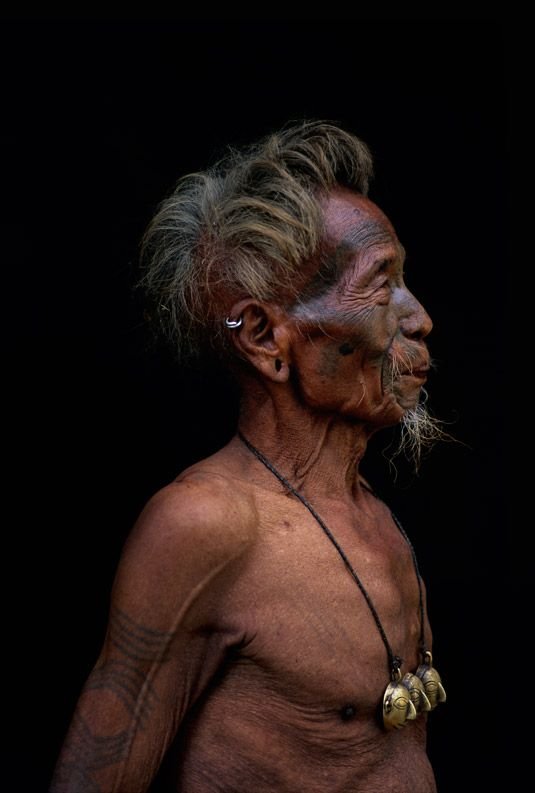
The indigenous populations’ history, beliefs, and cultural fabric are all profoundly ingrained in the tribal tattoos of Northeast India, which are much more than just ornaments. This age-old art style has been used by the Naga, Konyak, and Bodo tribes to communicate tales of bravery, identity, and kinship with nature. These indelible markings on the skin serve as live reminders of the intricate web of customs that have been created over many years. Let us keep in mind that these tattoos are more than simply works of art; they represent the expression of a people’s spirit, perseverance, and everlasting connection to their heritage. As we gaze in awe at the exquisite designs and patterns.
